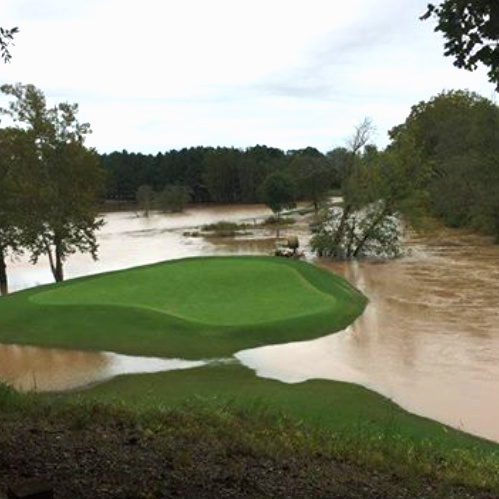
Eight years ago, McConnell Golf launched its high school golf scholarship program. Young golfers are nominated by their high school coaches or local industry pros based on talent, need, and commitment to the sport, as well as their proven dedication and value to the future of golf. The innovative program offers limited membership opportunities to the chosen scholars, who often otherwise lack the opportunity to play challenging courses. Scholars earn access to all McConnell Golf facilities and enroll in a structured program designed to help them elevate their game. They usually become familiar faces around their respective adopted clubs, and many go on to promising collegiate careers. Here’s a look at where a few scholar recipients — two former and one current — are today.
TRAILBLAZER
South Carolinian Hunter Nichols’ writing was on the wall: He lettered in golf at Clinton High School after placing third at the 2013 South Carolina 3A Championships and earning four all-region honors and two All-State selections. Nichols was a shoo-in for Musgrove Mills’ first scholarship. Today, he’s thriving at Furman University, where he is an asset to the men’s golf team.
FAMILY AFFAIR
Danielle Mirovich is a rising senior at Mount Pleasant High School in Mount Pleasant, North Carolina and she’s made her mark through golf. The Miroviches only arrived to Mount Pleasant a few years ago after losing their home in Hurricane Katrina. What kept them grounded was a dedication to the game: Two older Mirovich daughters are already playing at the collegiate level. Danielle is following in her sisters’ footsteps with a scholarship at Old North State Club, which will last through next season. Her parents’ support is evident and has struck a chord with the entire community.
SPORTSMAN’S RESOLVE
Stephen Lavenets of Rougemont, North Carolina seized his scholarship at Treyburn Country Club. It spurred him to win the Durham High School Invitational and cap off his tournament record with an eagle on the 18th hole at Treyburn — arguably one of the most difficult feats among all 12 McConnell Golf clubs. He joined the East Carolina University men’s golf team, where a nagging hip injury led to major surgery almost immediately upon joining the team. It derailed Lavenets’ playing time, but revealed his true character. He emerged as a charismatic leader of his college team. Much like that difficult 18th hole, today Lavenets is on track despite his injury to graduate in four years with a finance degree.
